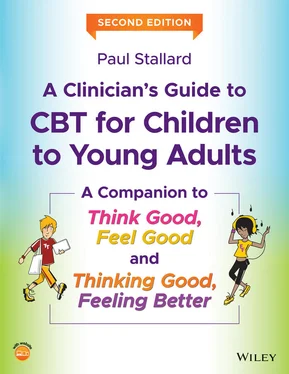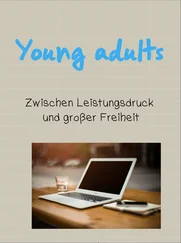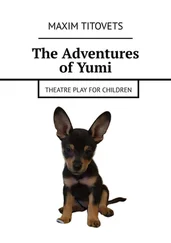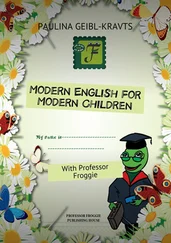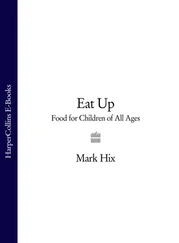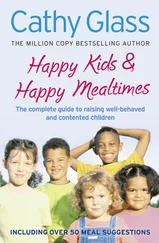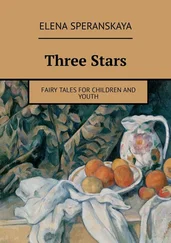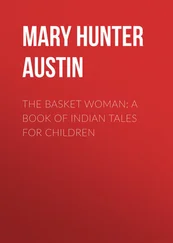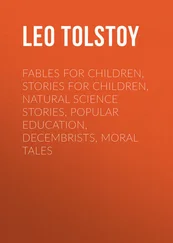There has been less research focusing on parental involvement in depression programmes. In a review, Oud et al. 2019 found that parental (caregiver) involvement may enhance outcomes compared to child‐only CBT. The way in which parents are involved in programmes has received limited attention and may explain some of the differences between studies. Stallard (2005) described four models of parental involvement: facilitator, co‐clinician, clinician, and co‐client. The most limited involvement is that of the facilitator where parents attend one or two review meetings with their child. The focus of the intervention is on the child’s problems, with parents receiving information about the intervention and the skills their child will be developing. As co‐clinicians, parents are more actively involved in treatment. They attend each session with their child, either for the whole session or joining for the last 15 minutes. The intervention remains focused on the child’s problems, but parents have greater awareness of the skills their child is acquiring and so can prompt and encourage generalisation. This role is further enhanced when parents are involved as clinicians. In this role parents are provided with the information and support required to teach their child CBT skills. Finally, parents may be involved as a co‐client. This model recognises that parents may be behaving in a way that contributes to their child’s problems. The intervention therefore helps the child to develop and practise skills to deal with their anxiety whilst parents learn new ways of encouraging and rewarding their child for facing their worries.
In summary, parental involvement needs to be considered on a case‐by‐case basis and a decision made about whether parental involvement may be beneficial and, if so, how parents/carers need to be involved (Carnes et al. 2019).
The competencies to deliver child‐focused CBT
There are many materials and structured workbooks available which provide helpful ideas about how CBT can be undertaken with children and young people. These include specific manuals such as the Coping Cat programme for young people with anxiety (Kendall 1990); How I Ran OCD Off My Land (March & Mulle 1998), and the Adolescent Coping with Depression Course (Clark et al. 1990). In addition, there are materials to help young people with social skills problems (Spence 1995) and chronic fatigue syndrome (Chalder & Hussain 2002) and anxiety and depression prevention programmes such as Friends for Life (Barrett 2010). There are also books that provide practical ideas about how CBT can be adapted for use with children and young people (Friedberg & McClure 2015; Fuggle et al. 2012; Stallard 2019a) and how CBT can be used as a modular approach which flexes according to how the young person responds (Chorpita 2007). Finally, there are self‐help books for parents to help them overcome their child’s fears or worries (Cartwright‐Hatton et al. 2010; Creswell & Willetts 2018) or to help their depressed teenager (Reynolds & Parkinson 2015)
Such good quality child‐friendly materials make available many helpful ideas about how to introduce and use specific CBT strategies with children and young people. However, comparatively less attention has been paid to how these techniques are used, that is, the process of undertaking CBT with children, adolescents, and young adults. Attending to the process of CBT is essential and ensures that the theoretical model and the core principles that underpin CBT are preserved. This will ensure that CBT is used in a coherent and theoretically robust way thereby avoiding a simplistic approach in which individual strategies are used in a disconnected and uninformed way.
Think Good, Feel Good (Stallard 2002a, 2019a) and Thinking Good, Feeling Better (Stallard 2019b) provide a number of practical ideas about how some of the specific techniques of CBT could be conveyed to and adapted for use by children, adolescents, and young adults. This book looks behind these strategies to focus upon the process that underpins their use. This book is not intended to be prescriptive and does not advocate a particular style. Instead it aims to promote awareness of some of the key issues that need to be considered and integrated into CBT in a way that is engaging and helpful for the young person and their carer whilst maximising the effectiveness of the intervention.
A clear strength of CBT is the underpinning philosophy and theoretical model. The philosophy underpins the collaborative process of self‐discovery whilst the theoretical model informs and guides the use of specific techniques. It is therefore important to develop a good understanding of the basic model and to ensure that the process and rationale for use of specific techniques is understood and competently executed.
The most widely used tool for measuring CBT competence with adults is the Cognitive Therapy Scale–Revised (CTS‐R) (Blackburn et al. 2001). This is a revised version of the original Cognitive Therapy Scale developed by Young and Beck (1988). The CTS‐R consists of 12 items which assess important generic CBT skills. These include four general skills (feedback; collaboration; pacing and efficient use of time; and interpersonal effectiveness) and seven specific CBT skills (eliciting appropriate emotional expression; eliciting key cognitions; eliciting behaviours; guided discovery; conceptual integration; application of change methods; and homework setting). The remaining item, agenda setting, overlaps both sets of items and is included in the general and specific sub‐scales.
The suitability of the CTS‐R to assess competencies when using CBT with children and adolescents has been questioned (Fuggle et al. 2012). In particular, the authors argue that the CTS‐R is not appropriate because:
Important systemic influences on the onset and maintenance of the young person’s problems need to be acknowledged and the role of the carers/family in CBT considered.
The young person’s cognitive, emotional, linguistic, and reasoning ability are developing, and CBT needs to be appropriately adapted to be consistent with their abilities.
Creative non‐verbal methods may be required to convey the concepts of CBT to young people in clear and understandable ways.
The process of undertaking CBT with young people and their carers needs greater specification.
Specific CBT competence scales for use with children and young people have been developed and evaluated. Of those available, the majority assess competence in delivering a specific manualised programme or treatments for specific disorders. For example, Mcleod et al. (2019) developed a scale to assess competence delivering the Coping Cat anxiety programme, Bjaastad et al. (2016) the FRIENDS anxiety programme, and Gutermann et al. (2015) for assessing competence in treating PTSD. Although there are some differences in the competencies that have been identified, there are several shared dimensions. For instance, in a Delphi study, Sburlati et al. (2011) identified various generic therapeutic competencies (e.g. practising professionally, knowledge of children and adolescents, building a positive relationship, conducting a thorough assessment), CBT‐specific competencies (e.g. understanding CBT theory, developing a CBT formulation, working collaboratively), and specific CBT techniques (e.g. managing negative thoughts, changing maladaptive behaviours, managing maladaptive mood). McLeod et al. 2018 identified four categories of competence for delivering anxiety interventions. These are interventions that are common to CBT programmes (e.g. maintaining focus on CBT model, homework review, etc.), interventions specific to anxiety programmes (e.g. relaxation, fear ladder, exposure), how the intervention is delivered (coaching, modelling, rehearsal), and overall ratings of skilfulness and responsiveness. Whilst there are some specific differences, there tends to be a consensus that undertaking CBT with children and young people requires competencies both in the method of delivery (e.g. the therapeutic process) and in the application of specific CBT techniques.
Читать дальше
